
The lockdown may be loosening up in some places around the world, but the hobbies we've picked up still remain firmly within our grip. One major quarantine activity that many people picked up during the lockdown was baking and cooking. Creating delectable delights (or attempting to) based on family recipes, professional recipes, and others that you can find on the internet has never been so popular.
As with all new skills, the initial phases often come with laughable failures, but practice makes perfect. And if you really want to take your cooking skills to the next level, you should keep these clever tips in mind. They will not only help make sure your meal comes out tasty, but they can also help reduce your clean-up time!
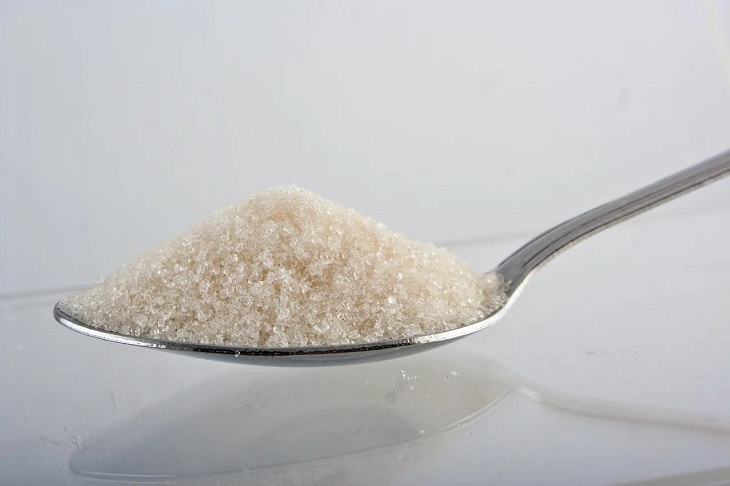
If you’re making a dish heavy in spices and tomato sauce like Chili or spaghetti, the acidity content will likely be high. Just adding a teaspoon of sugar will drastically reduce the acidity of your dish.
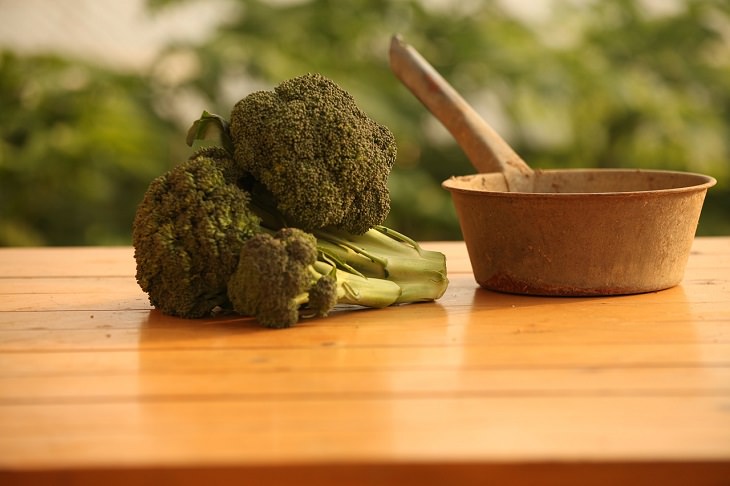
When you’re making a dish that uses broccoli, the common method of making use of it is to cut off the stalks and leave the stem. But the stem is equally delicious and nutritious. Just cut it up into smaller pieces and toss it into the pan.
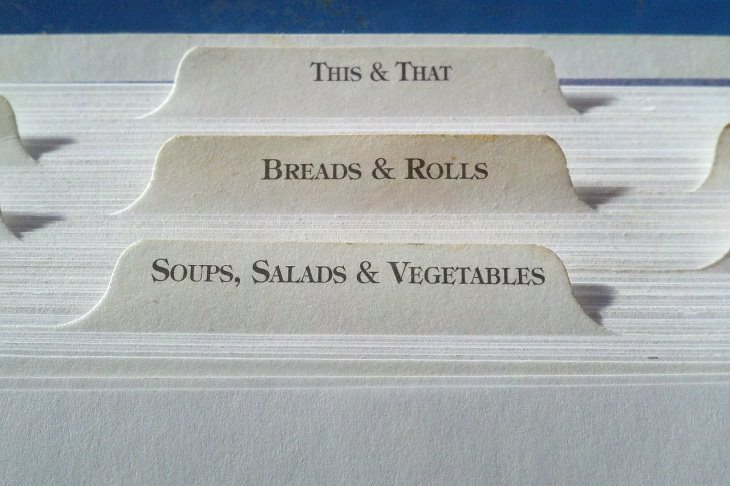
If you’re baking, recipes are the law. Of course, you can experiment and try new things, but following the recipe can help you avoid disasters like sunken souffle and burnt bread.
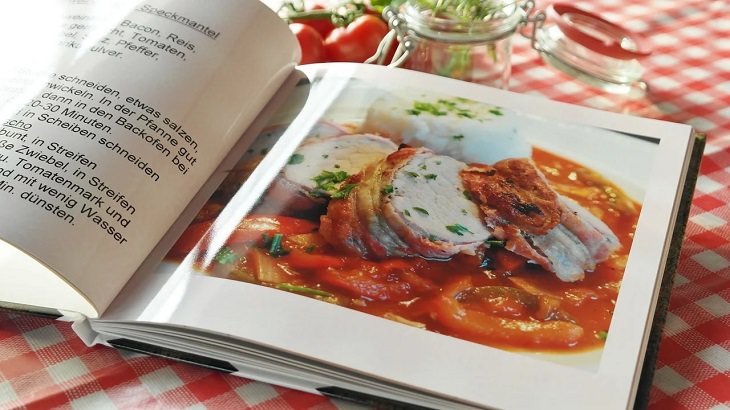
Unlike baking, which is heavily based on a formula to ensure the consistency of your baked goods, cooking doesn’t need as much precision. You can use recipes like road maps and tweak them to your flavor preference.
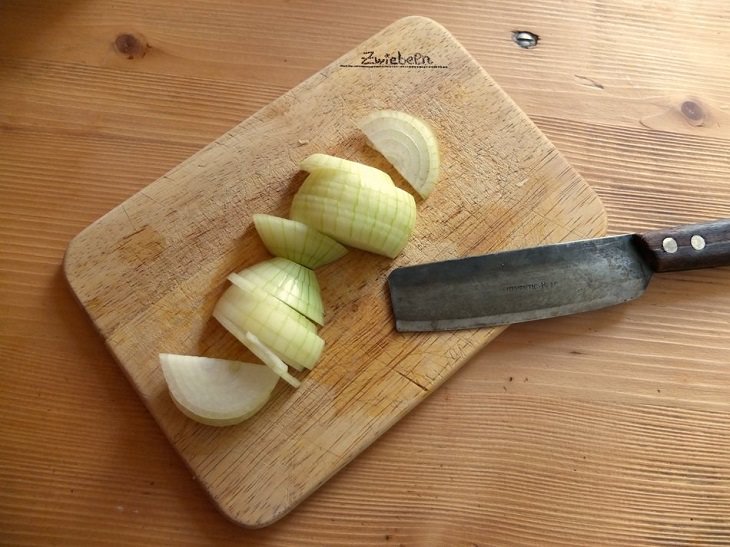
Any chef will tell you, a knife that’s falling is a knife without a handle. If the knife slips out of your hand, you and everyone in the vicinity should take a step back away from the drop zone and let it fall before you pick it up. You’re much more likely to cut yourself trying to catch it mid-air.
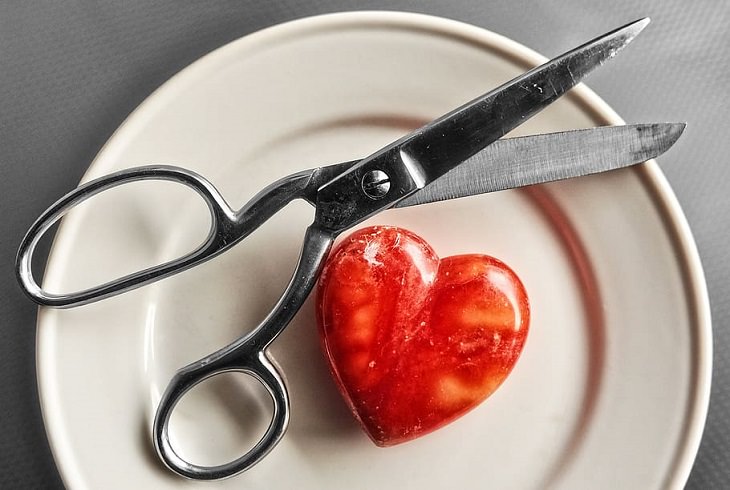
Any fan of street food has probably seen chefs cutting meat with scissors. This actually makes the cuts cleaner, leaves less of a mess, and it’s quick! Many types of meat, vegetables, and dough can be cut with scissors, and it’s also an easy way to cut the crust off a slice of pizza.
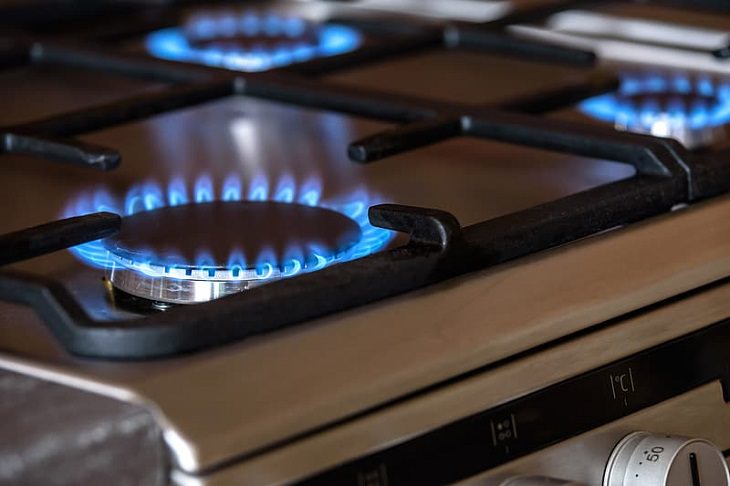
It's not so much a question of which is better, it’s about keeping in mind the temperatures. Most electric stoves run hotter than gas stoves, so a high setting in an electric stove will burn your dish while the same setting on a gas stove will sear your dish quite nicely.
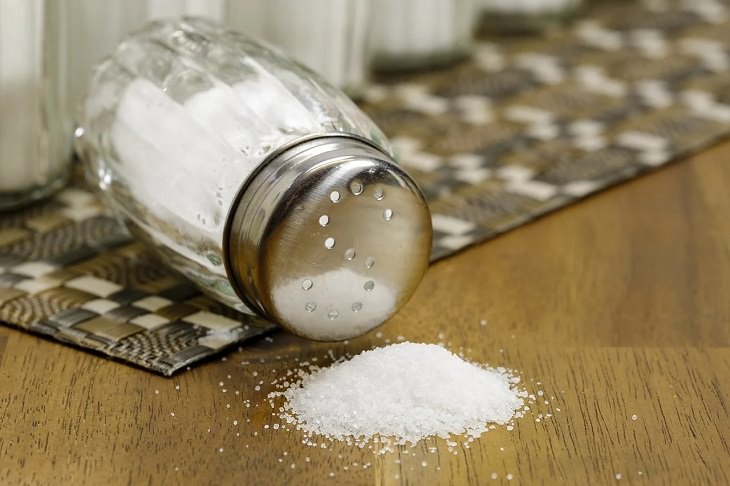
Depending on what you’re making, the time at which you add salt can drastically change the flavor of your dish. Check existing recipes just to learn whether the dish requires salt to be added early or later into the process of making your dish. Also, avoid adding salt to the pan directly from the container or a spoon. Let it go from your hand to the pan in small measured amounts.
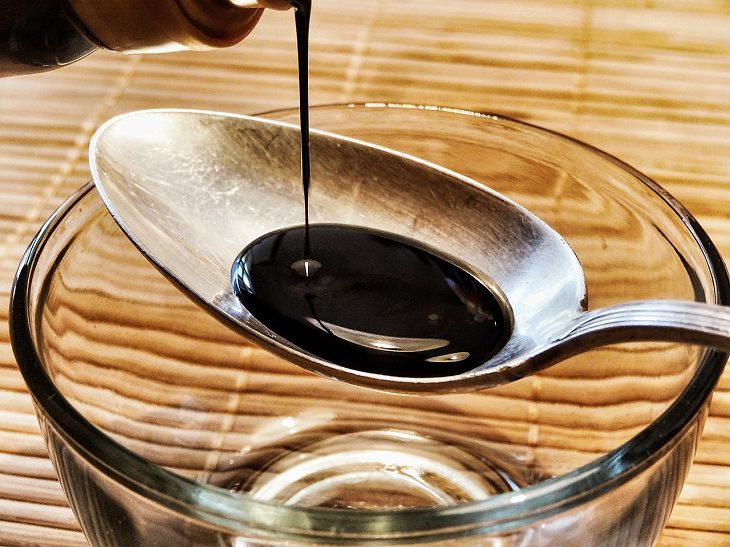
In case you run out of salt on one frightful and unexpected occasion, don’t panic. Fish sauce or soy sauce can both work well to add saltiness to your dish and also give it an umami flavor. Since the flavor is concentrated in both sauces, a small amount is enough which will also reduce the sodium content of your dish.
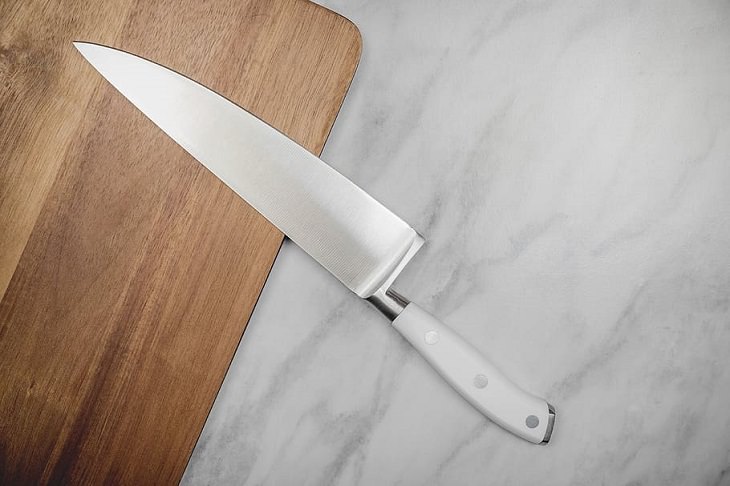
After chopping vegetables, the easiest way to gets every bit of your chopped veggies from the chopping board into your pot is by scraping them into the pot using the back of your knife. Never use the sharp end of the blade as it will make the blade dull.
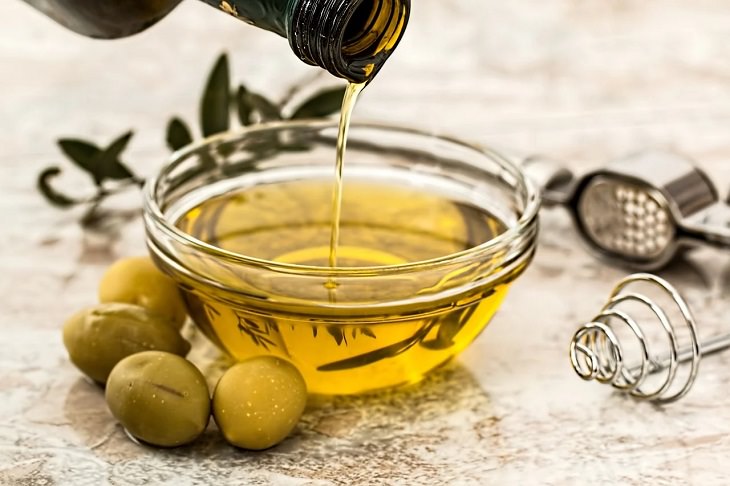
It’s not advisable to fry items with olive oil, though it can handle relatively high temperatures. Extra Virgin Olive Oil has a very low smoke point so it cannot be used for frying or heated too much. Too much heat will cause Extra Virgin Olive Oil to break down.
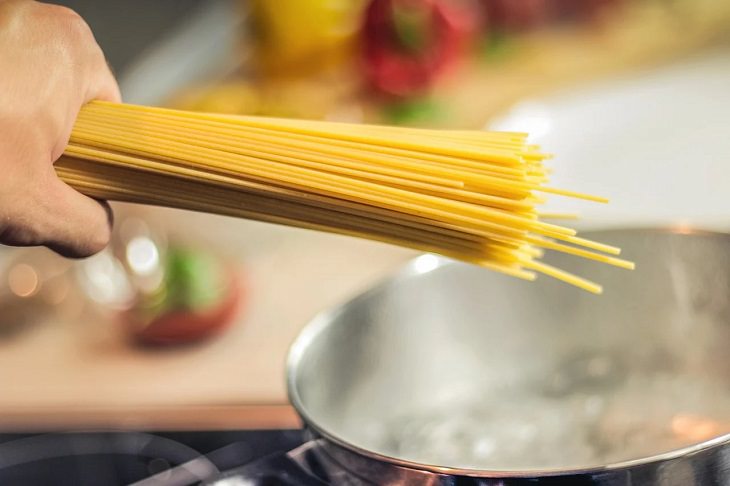
Making pasta is relatively simple. You boil the pasta, strain it, and add it to a delicious homemade sauce. The next time you’re making pasta, add a little bit of the pasta water used for boiling the pasta to the sauce before mixing it. This will ensure that, when you mix it, the sauce sticks to the pasta better and enhances the flavor.
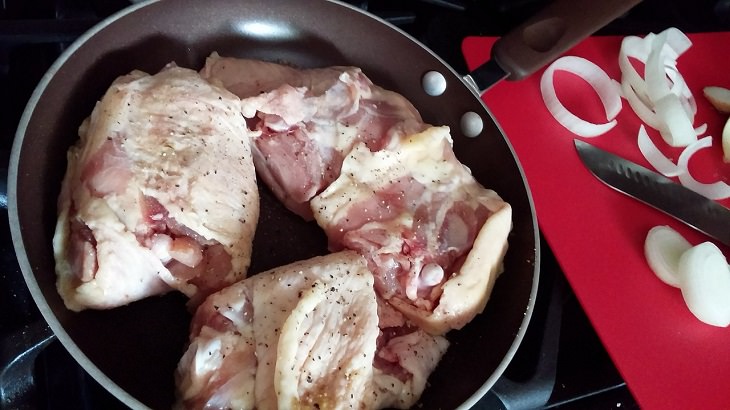
Whatever you're planning to cook on the stove, from pancakes to chili, here’s one rule you should always remember: never put any ingredients in a cold pan. Put the pan on the stove to heat while you prep the ingredients. Always start cooking your dish on a hot pan.

A towel is your best friend in the kitchen, for quickly drying wet utensils or cleaning surfaces when needed. To make sure you can keep your hand towel handy, simply slip it through a belt or tuck it either between your belt and pants or into the inner lining of your pants. This will ensure it’s close to you in case of any spill or emergency.
Be sure to share these cooking tips!